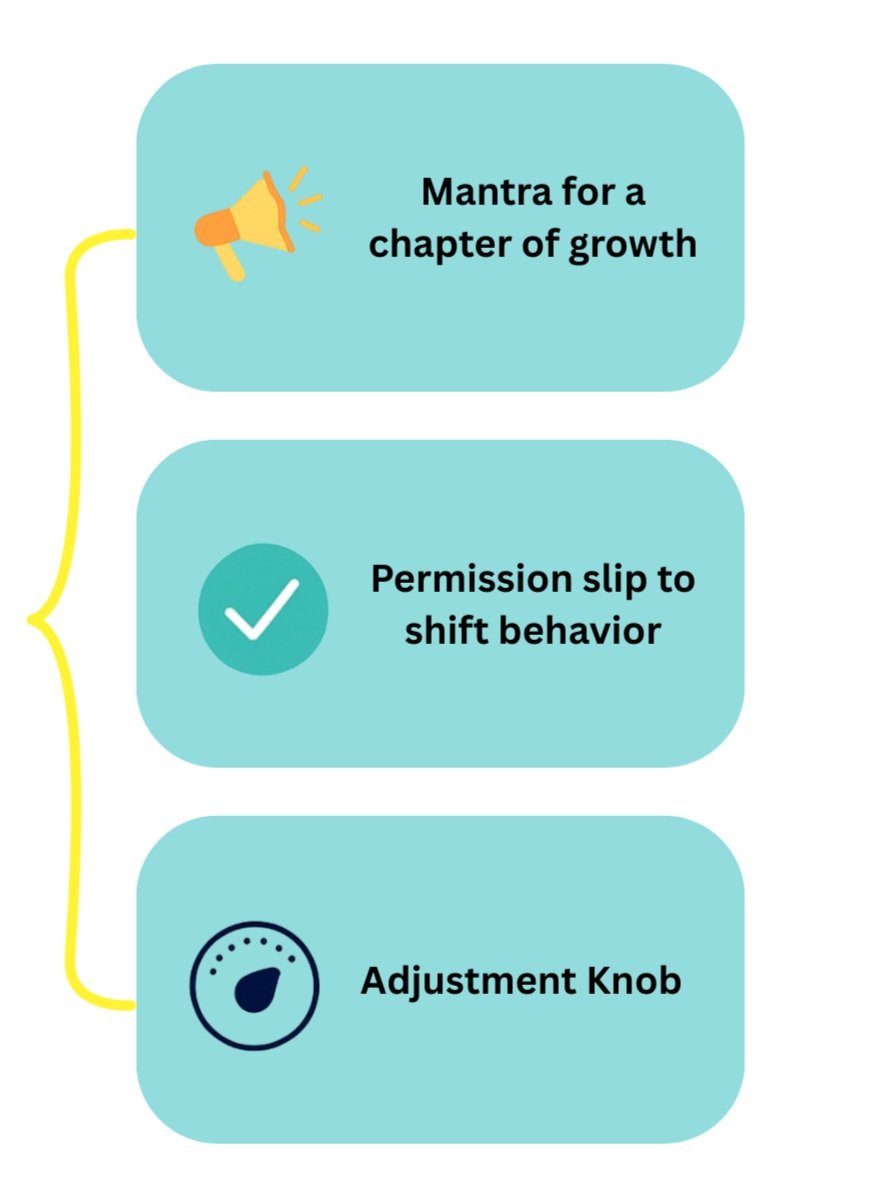Corporate Social Responsibility Benefits Everyone Involved
There is growing sentiment in today’s world that companies should “show up”. But what does that even mean in the world today? How are they participating in the community? And ultimately, is there conflict in businesses incorporating social good in their practices? Holistic has helped highlight the companies that are showing up through our WDIW (Who’s Doing It Well) blog posts. Most of our highlights have been new initiatives that companies have started in response to growing pressure around societal engagement. While many are incorporating new efforts as employees and clients demand, there are those companies that are taking a more long-term, strategic and holistic approach and it's called Corporate Social Responsibility. Corporate Social Responsibility (CSR) doesn’t mean volunteering for a charity once a year or implementing a recycling program; it is so much more. Corporate social responsibility is the structure that allows for an integrated focus on the environment, the society, and the governance that encompasses it all. If you want to be a part of the company cultures of tomorrow and relevant in today’s markets, corporate social responsibility efforts are a must.
“Corporate Social Responsibility (CSR) doesn’t mean volunteering for a charity once a year or implementing a recycling program; it is so much more.”
The idea of corporate social responsibility is not a new one—it’s been around for over 50 years. Corporate social responsibility looks different for every organization that has these efforts into place. At its roots, corporate social responsibility “is a company’s commitment to manage the social, environmental and economic effects of its operations responsibly and in line with public expectations”. It encourages businesses to consider the environmental and social impacts of their business and how they can utilize their platforms to help mitigate or eliminate some of the negative externalities that exist in the world today.
Over the past few weeks, several national and community organizations saw a huge spike in donations. Sure, some of this is from individuals who donated directly to organizations that aim to end racial inequality like the Minnesota Freedom Fund, Black Lives Matter, North Star Health Collective, to name a few. But, as part of their corporate social responsibility, firms allotted a certain amount of their budget in the next couple of years to address racial inequality.
Employees at large tech firms and fortune 500 companies took matters into their own hands and began to crowdfund donations. Workers from Apple, Google, Microsoft, and Dropbox collected over four million dollars in donations by organizing and making use of their company matching donation gifts. These employees took initiative and made use out of a program that is not regularly talked about. In fact, 65% of Fortune 500 companies have matching gift programs, but only 9% of the employees participate in matching programs, leaving nearly $10 billion in matching gift funds unused. This is something that can have an easy fix. Companies sent out emails about matching donations a few weeks back, but this should be the norm. The programs are already in place, your employees are not taking advantage of these initiatives, and that leaves billions of dollars just laying on the table.
You need to raise awareness for your employees regularly, so they can make the most out of these opportunities. It is in your best interest as a corporation who vows to make society a better place to max out your match every single year, not just have corporate matching donations as something that gets used once a year.
Donations are at the top of a long list of possibilities for engaging with the societal aspects of CSR. Here are some others to keep in mind:
Volunteering: Another way companies can motivate employees to engage with the community is to offer volunteer time off. The concept is the same as paid time off, but now employees are engaging and volunteering for causes they are passionate about. Organizations can take it a step further and create team-building volunteering projects. This can take shape in various ways, but the goal is to get employees working together outside of the office and learning more about a specific cause of nonprofit organizations. The goal is to make this part of a regular cadence of “outside the office” work.
Philanthropy: Organizations can directly donate money to organizations and they can also institute a matching program to match a certain percentage of employee donations. Some companies choose to form a closer relationship with organizations they make donations to and partner with a charity. This relationship goes beyond monetary donations, employees volunteer at these charities, participate in events, and develop a closer relationship with the people that are involved in the charities and nonprofits.
Ethical labor: Organizations do not have to look for outside organizations to practice CSR. Companies that compensate and treat their employees fairly are socially responsible by demonstrating the importance of ethical labor practices.
Environmentally conscious: Another way that organizations can look within themselves to be more socially responsible is to focus on the environmental impact of their work and practices. Organizations that operate their businesses with the environment in mind and how they can best help reduce their carbon footprint, consumption, and waste are considered to be CSR, and it is one of the most practiced.
Not only is engaging in corporate philanthropy and socially responsible behavior great for communities, but it is also great for individual companies. Businesses that develop a culture of giving back build strong communities within their employees. Challenging your employees to donate to good causes and volunteer on a regular basis stimulates professional and personal development among team members. Organizations that are known to be socially responsible tend to have better brand recognition and more customer loyalty. In order to tap into these benefits and more, organizations have to start encouraging their employees to make use of the programs they have set in place to be socially responsible, but that must begin with organizations informing their employees about these opportunities. So in summary, you can show up as a company by making long-term, transparent commitments to your employees and your community through corporate social responsibility.
“You can show up as a company by making long-term, transparent commitments to your employees and your community through corporate social responsibility.”
Written by Daniela Garcia











